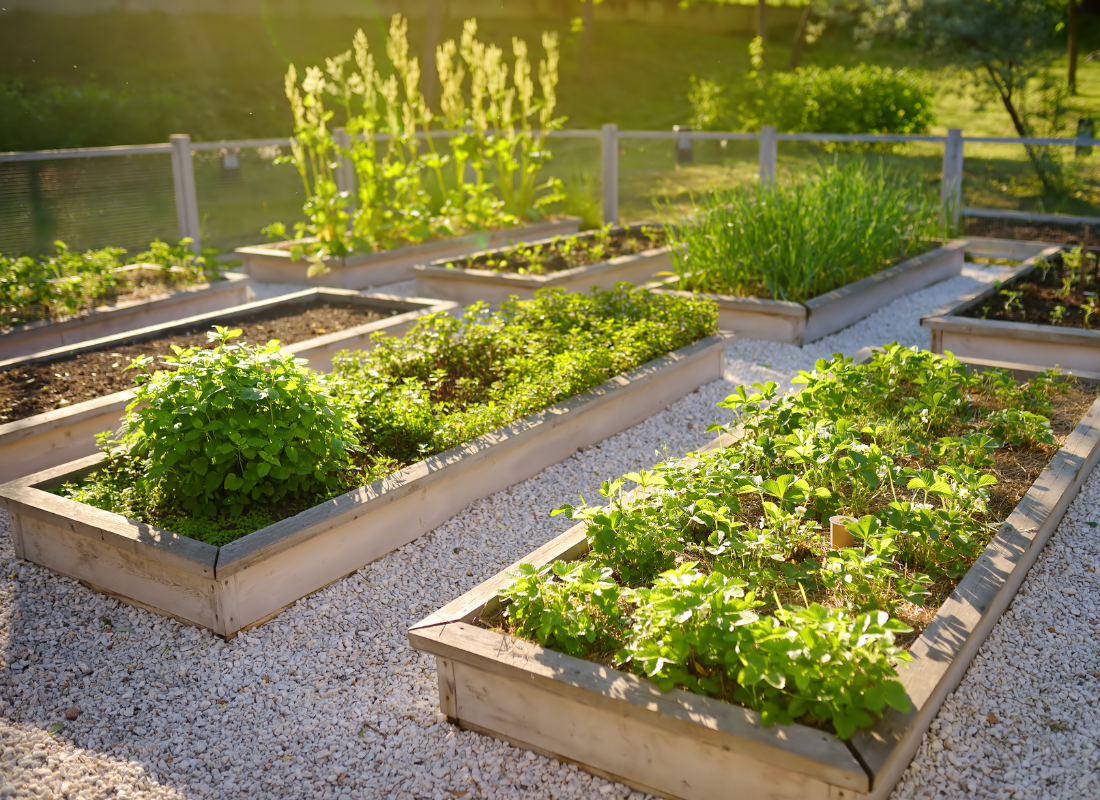
In the midst of rapid urbanization and the global pursuit of sustainable living, community gardens and urban agriculture have emerged as powerful tools to foster a sense of community, promote environmental stewardship, and address food security challenges.
These green spaces not only provide residents with access to fresh, locally grown produce but also contribute to the overall well-being of individuals and the planet.
This article delves into the significance of community gardens and urban agriculture in cultivating sustainable communities.
The Rise of Community Gardens

Community gardens have a rich history dating back to the Victory Gardens of World War I and II, where citizens were encouraged to grow their own food to alleviate pressure on the public food supply.
However, the resurgence of interest in community gardening in recent decades is driven by a combination of factors, including a growing awareness of environmental issues, a desire for healthier lifestyles, and the need for social connection.
One of the key benefits of community gardens is the sense of empowerment they provide to individuals and neighborhoods.
These shared spaces empower residents to take control of their food sources, reduce their environmental footprint, and create a strong sense of belonging within their communities.
As more people are becoming disconnected from the sources of their food in urban environments, community gardens serve as vital educational tools, reconnecting individuals with the origins of their sustenance.
Environmental Impact of Urban Agriculture

Urban agriculture, which encompasses community gardens, rooftop gardens, and vertical farming, plays a crucial role in mitigating the environmental impact of traditional food production and distribution.
Conventional agriculture often involves extensive transportation, leading to significant carbon emissions. In contrast, urban agriculture reduces the distance food travels from farm to table, thereby lowering its carbon footprint.
Furthermore, community gardens contribute to the preservation of green spaces in urban areas, countering the effects of rampant urbanization.
By repurposing vacant lots, rooftops, and other underutilized spaces for gardening, communities can enhance biodiversity, improve air quality, and reduce the urban heat island effect.
These green spaces serve as pockets of nature within concrete jungles, providing essential habitats for pollinators and other wildlife.
Social Benefits of Community Gardens

Beyond the environmental advantages, community gardens foster social cohesion and strengthen the fabric of neighborhoods.
These shared spaces offer opportunities for residents to work together, share knowledge, and build lasting friendships.
Community gardening provides a platform for intergenerational learning, as experienced gardeners pass on their knowledge to younger generations, creating a sense of continuity and community identity.
Moreover, community gardens often serve as inclusive spaces, bringing together people from diverse backgrounds.
Shared activities like planting, weeding, and harvesting create a common ground for individuals to connect, bridging gaps and fostering understanding among different community members.
In urban areas with high population density and cultural diversity, community gardens act as melting pots where people can celebrate their differences while working toward a common goal.
Food Security and Access to Nutritious Produce

In many urban areas, access to fresh and affordable produce is a challenge. Food deserts, characterized by limited access to grocery stores and nutritious food, disproportionately affect low-income communities.
Community gardens play a vital role in addressing these disparities by providing residents with a local and sustainable source of fresh produce.
The concept of food sovereignty is integral to community gardens, empowering communities to control their food systems and make decisions that prioritize local needs and preferences.
By growing their own fruits and vegetables, residents not only ensure a more reliable food supply but also gain autonomy over their nutritional choices.
This localized approach to food production reduces dependence on external sources and supports a more resilient and secure food system.
Educational Opportunities

Community gardens serve as outdoor classrooms where individuals can learn about sustainable agriculture, environmental conservation, and healthy eating habits.
Schools and community organizations often partner with local gardens to provide hands-on learning experiences for students of all ages.
These educational initiatives promote a deeper understanding of the food production process, instill a sense of responsibility toward the environment, and encourage the adoption of healthier lifestyles.
Additionally, community gardens often host workshops, seminars, and events that cover various aspects of gardening, from composting techniques to the benefits of native plant species.
These educational opportunities not only empower individuals with practical skills but also foster a culture of continuous learning and knowledge sharing within the community.
Challenges and Solutions

While community gardens and urban agriculture offer numerous benefits, they are not without challenges.
Limited space, soil contamination, and access to water are common obstacles faced by urban gardeners.
Moreover, securing long-term funding and community support can be challenging, leading to the abandonment of some projects.
To overcome these challenges, collaboration among local government, businesses, and community organizations is crucial.
Policies that support the conversion of unused urban spaces into community gardens, provide funding for sustainable initiatives, and promote environmental education can significantly contribute to the success and longevity of these projects.
Innovative solutions, such as vertical farming, aquaponics, and hydroponics, also offer opportunities to maximize space and overcome soil-related challenges.
These methods allow for year-round cultivation and can be implemented in a variety of urban settings, including rooftops, balconies, and indoor spaces.
Conclusion

Community gardens and urban agriculture are not merely about growing plants; they are about cultivating sustainable communities.
By addressing environmental, social, and food security challenges, these green spaces have become integral components of urban planning and community development.
As the world grapples with the consequences of climate change and urbanization, embracing the principles of sustainable agriculture and community collaboration is essential for creating resilient and thriving urban environments.
Through community gardens, individuals can actively participate in building a more sustainable and interconnected future for themselves and generations to come.




